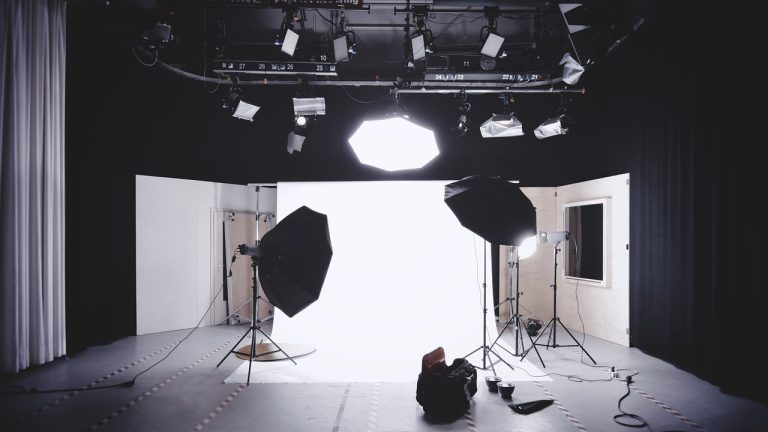Whether you’re using a DSLR, mirrorless camera, or even a smartphone, photography is an art form that allows you to capture and preserve precious moments. For beginners, understanding the basics is crucial to taking stunning shots. This guide will walk you through essential techniques, tips, and practices to elevate your photography skills.
Understanding the Basics of Photography
Before diving into techniques, it’s important to understand the foundational concepts of photography. Mastering these will improve your ability to take great photos consistently.
1. The Exposure Triangle
The exposure triangle is the cornerstone of photography, consisting of three elements:
Shutter Speed
- Controls how long the camera sensor is exposed to light.
- Faster speeds freeze motion, while slower speeds create motion blur.
Aperture
- Determines the amount of light entering the lens.
- Measured in f-stops; lower numbers (e.g., f/1.8) mean a wider aperture, letting in more light and creating a shallow depth of field.
ISO
- Measures the camera sensor’s sensitivity to light.
- Lower ISO values (e.g., 100) produce cleaner images, while higher values (e.g., 3200) may introduce noise.
2. Composition Rules
Composition refers to how elements are arranged within your frame. Following these rules can make your photos more visually appealing:
Rule of Thirds
- Divide your frame into a 3×3 grid and position your subject along the lines or at the intersections.
Leading Lines
- Use natural lines (like roads or rivers) to guide the viewer’s eye to your subject.
Framing
- Enclose your subject using elements like windows, arches, or trees to draw attention.
Essential Photography Techniques for Beginners
1. Mastering Focus
Achieving sharp focus is crucial:
- Use Auto Focus (AF): Most cameras have reliable AF systems for beginners.
- Focus Modes: Choose between single focus (AF-S/One Shot) for stationary subjects and continuous focus (AF-C/AI Servo) for moving ones.
2. Understanding Light
Light is a key factor in photography:
- Golden Hour: Shoot during sunrise or sunset for soft, warm light.
- Avoid Harsh Midday Sun: It creates strong shadows and can wash out colors.
- Use Reflectors: Reflectors bounce light back onto your subject for better illumination.
3. Experimenting with Angles
Don’t stick to eye-level shots:
- Low Angles: Create a sense of grandeur or make your subject look powerful.
- High Angles: Add perspective or make a subject look smaller and more vulnerable.
- Dutch Angles: Tilt the camera to add drama or tension.
4. Using Tripods
A tripod provides stability for:
- Long exposure shots.
- Low-light photography.
- Creating consistent framing for time-lapse sequences.
Post-Processing Basics
Editing your photos can enhance their visual impact. Use software like Adobe Lightroom or Snapseed to:
- Adjust Exposure and Contrast: Correct brightness levels for a balanced look.
- Crop for Better Composition: Remove distracting elements.
- Enhance Colors: Boost saturation or tweak hues for vibrant results.
Common Photography Mistakes to Avoid
1. Overexposed or Underexposed Images
- Learn to read your camera’s histogram to balance exposure.
2. Poor Background Choices
- Watch for distracting elements like clutter or poles sticking out of subjects.
3. Ignoring White Balance
- Incorrect white balance can result in unnatural color tones.
- Use presets like daylight, cloudy, or tungsten for better results.
Building Your Photography Toolkit
Having the right gear enhances your photography experience:
1. Camera and Lenses
- Start with an entry-level DSLR or mirrorless camera.
- Invest in a versatile lens like a 50mm prime or a wide-angle lens.
2. Accessories
- Camera Bag: Protects your gear and keeps it organized.
- Extra Batteries: Ensures you don’t run out of power mid-shoot.
- Memory Cards: Use high-speed cards for quick image saving.
3. Smartphone Photography Add-Ons
- Clip-on lenses for macro or wide-angle shots.
- Portable LED lights for better lighting.
Tips for Practicing and Improving
1. Take Photos Daily
- Consistent practice helps you master camera settings and composition.
2. Analyze Your Shots
- Review and critique your photos to identify areas for improvement.
3. Join a Photography Community
- Participate in local or online photography groups for feedback and inspiration.
4. Learn from Professionals
- Watch tutorials or attend workshops to gain advanced insights.
Conclusion
Photography is a rewarding and creative pursuit that’s accessible to everyone. By mastering the basics, experimenting with techniques, and practicing regularly, you can capture stunning shots that tell compelling stories. Remember, the best camera is the one you have with you, so start exploring and honing your skills today.
